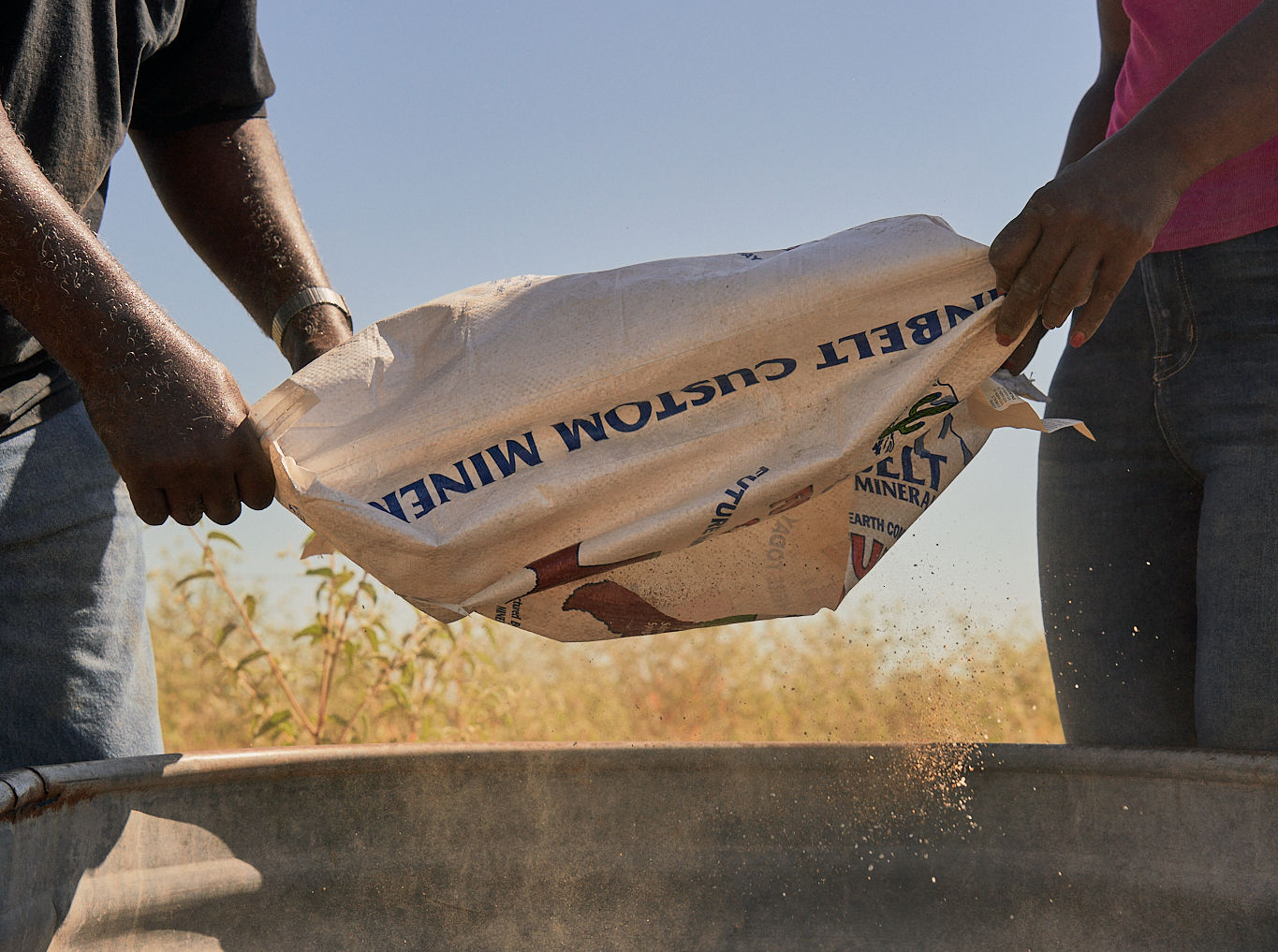We’ve all seen cattle on a pasture, at a rodeo, or in a picture with a tag on their ear. It’s easy to decipher that the tag represents the ranch or owner they belong. While it might seem like a simple explanation, there is much more to this earring than just a number. It holds the whole history of the cow as well as representing a history of the tagging livestock process itself.
At Caney Creek Ranch, we’ve been tagging cattle since before I started working there with my family in 2007. Since we sell beef at Ratcliff Premium Meats (RPM), we must keep track of our livestock. The animals are the inventory that the business relies on. Additionally, at RPM, part of our mission is to have the highest quality meat. When we buy cattle, we want to know the animal’s history. It is through this transparency that we can ensure our customers are getting meat that we are proud to put our name on.
There are many ways to identify livestock. Some include ear tagging, ear tattoos, and branding. Ear tagging has its benefits including ease to exchange it if the animal switches hands in ownership. Additionally, it is widely considered a humane way to mark and identify an animal. In the United States, identifying livestock is a legal requirement. One of the main reasons that mass identification and tagging are so important is because it helps control the spread of disease amongst livestock. Each tag is traceable and helps you bring back illness to an origin and know which animals are sick, at risk, and which ones are healthy. Also, ranchers may want to use ear tags for their livestock to better manage their herds, study movement, and help accurately and easily pull up records for the animals.
The history of ear tagging runs deep. Here are some interesting facts about the practice:
- According to records, the earliest documentation of animal identification was in 1275 on sheep. Even back then, it helped ranchers trace and identify the origin of diseases in these animals.
- The modern ear tag was created in 1799 by Sir Joseph Banks. He created it from tin to help with costs. Today, many tags are made of plastic.
- The first self-piercing ear tags were introduced in the 1950s which greatly helped with efficiency for large herds.
- Science and innovation have come a long way! Today, ear tags can allow farmers to monitor an animal’s body temperature and health history including if/when they gave birth, vaccines, and track their weight. For dairy cows, farmers can even use the tag to prevent overfeeding.
- Many predict the future of tagging will include being able to fly drones above herds and be able to scan and assess the cows at a much larger scale.
All Caney Creek Ranch cattle are equipped with ear tags and we are proud to say we use them to stay on top of their health and continue to identify our animals.
For more information on Ratcliff Premium Meats go to ratcliffpremiummeats.com.
Sources: Dalton Tags, US Dairy, Noble Research Institute



